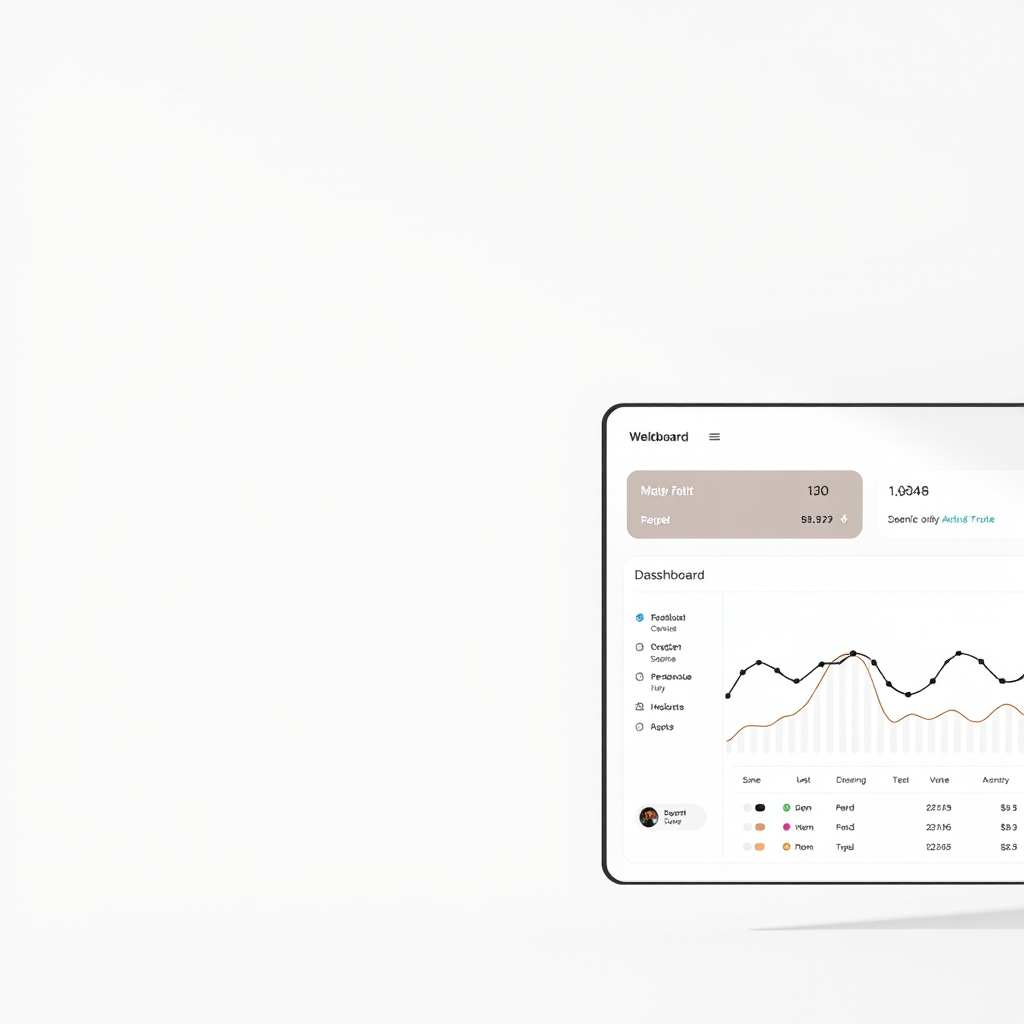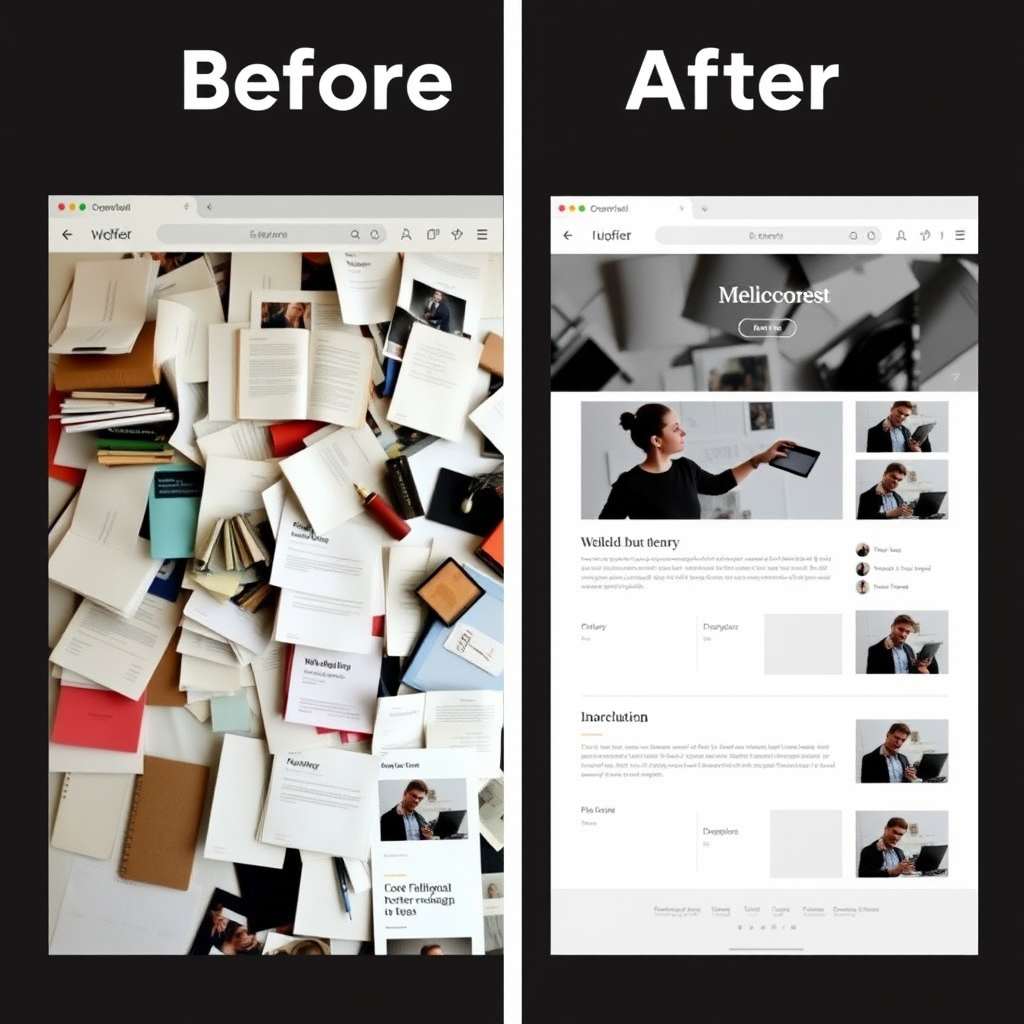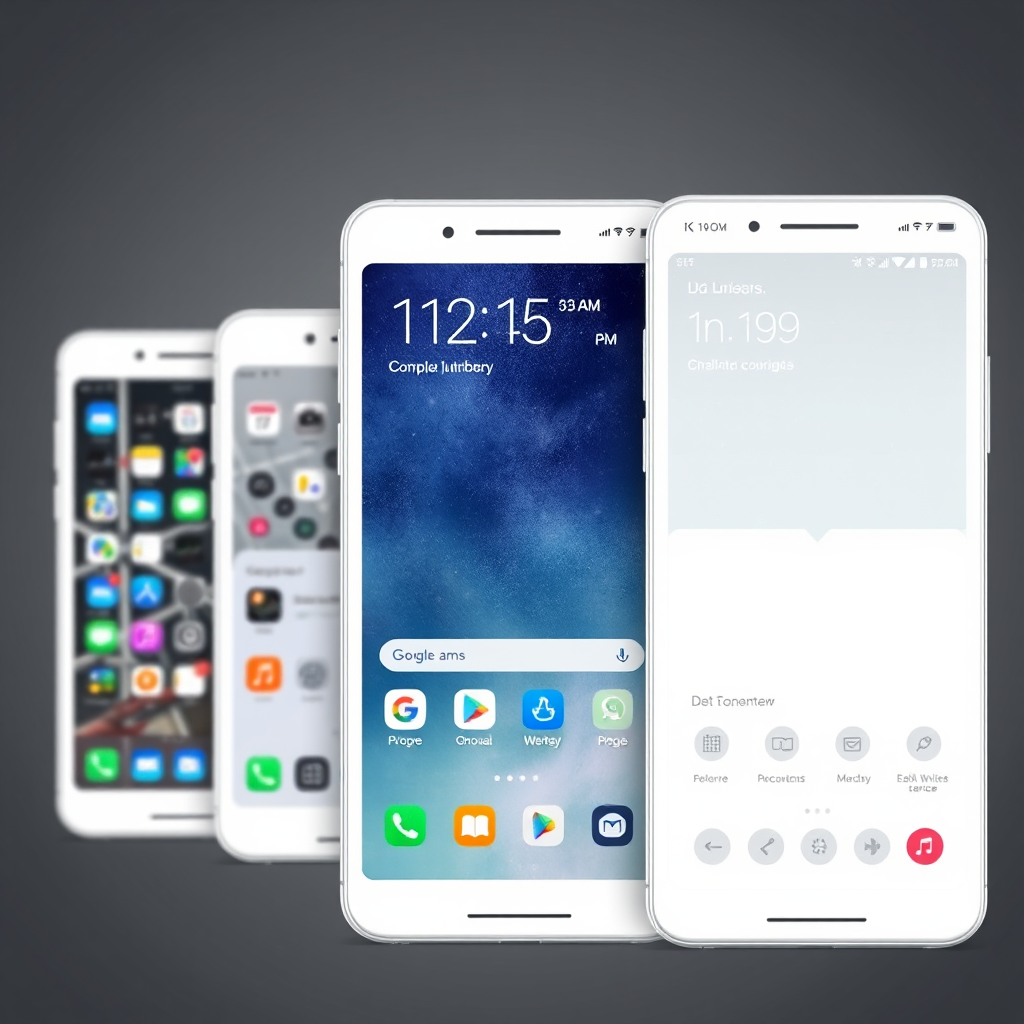In an era where digital interfaces compete for our attention with increasingly complex features and flashy elements, a counter-movement is gaining momentum. Digital minimalism in interface design represents a fundamental shift toward cleaner, more focused user experiences that prioritize function over form and clarity over complexity.

The Rise of Cognitive Load Awareness
Modern platforms have begun recognizing that overwhelming users with options and visual elements can actually decrease productivity and user satisfaction. This awareness has led to a fundamental rethinking of how digital interfaces should be structured. Companies are discovering that reducing cognitive load—the mental effort required to process information—leads to more engaged users and better task completion rates.
The shift isn't just aesthetic; it's rooted in behavioral psychology and user research. Studies consistently show that when presented with too many choices or visual stimuli, users experience decision paralysis and increased stress levels. This understanding has prompted designers to embrace the principle of "less is more" in their approach to user experience design.
Key Principles of Minimalist Interface Design
The movement toward digital minimalism follows several core principles that guide how modern platforms approach user interface design:
- Intentional White Space: Strategic use of empty space to guide user attention and reduce visual clutter
- Essential-Only Features: Prioritizing core functionality while hiding or removing secondary options
- Clear Visual Hierarchy: Using typography, color, and spacing to create obvious information flow
- Consistent Interaction Patterns: Establishing predictable user habits through uniform design elements
- Progressive Disclosure: Revealing information and options only when needed

Impact on User Behavior and Daily Routines
The adoption of minimalist design principles has profound effects on how users interact with digital platforms and integrate them into their daily routines. When interfaces are simplified, users report feeling less overwhelmed and more in control of their digital experiences.
Research into app usage patterns reveals that minimalist interfaces encourage more intentional engagement. Users spend less time navigating complex menus and more time accomplishing their actual goals. This shift has particularly significant implications for productivity tools, where the primary objective is to help users complete tasks efficiently rather than explore features.
"The best interface is no interface at all. When we can accomplish our goals without thinking about the tool we're using, that's when design truly succeeds."
Case Studies in Minimalist Transformation
Several major platforms have undergone significant redesigns in recent years, embracing minimalist principles with measurable results. These transformations provide valuable insights into how simplified interfaces affect user behavior and engagement patterns.
One notable trend is the reduction of navigation options in mobile platforms. By limiting the number of visible menu items and using progressive disclosure techniques, apps have seen increased user retention and improved task completion rates. Users report feeling less anxious when using these streamlined interfaces, leading to more frequent and longer engagement sessions.

The Psychology Behind Simplified Experiences
Understanding why minimalist interfaces are more effective requires examining the psychological principles that govern human attention and decision-making. Our brains are naturally drawn to simplicity and patterns, making minimalist design inherently more comfortable to process.
The concept of "attention residue" plays a crucial role here. When interfaces present too many options simultaneously, part of our cognitive capacity remains focused on the unused options, reducing our ability to concentrate on the task at hand. Minimalist design eliminates this residue by presenting only what's immediately relevant.
Challenges and Considerations
While the benefits of digital minimalism are clear, implementing these principles isn't without challenges. Designers must carefully balance simplicity with functionality, ensuring that essential features remain accessible while reducing visual complexity.
One significant consideration is the learning curve associated with hidden or simplified features. While minimalist interfaces reduce cognitive load for regular users, they can sometimes make discovery of advanced functionality more difficult for new users. Successful implementations address this through thoughtful onboarding processes and contextual help systems.
Future Implications for Digital Interaction
The trend toward digital minimalism represents more than just a design fad; it reflects a fundamental shift in how we think about technology's role in our daily routines. As users become more conscious of their digital habits and seek more intentional online interactions, minimalist design principles will likely become even more prevalent.
This evolution suggests a future where digital interfaces become increasingly invisible, allowing users to focus on their goals rather than navigating complex systems. The most successful platforms will be those that can provide powerful functionality through elegantly simple interfaces that feel natural and unobtrusive.

Implementing Minimalism in Your Digital Life
For individuals looking to embrace digital minimalism in their own technology use, the principles extend beyond interface design to encompass broader digital behavior patterns. This might involve curating app selections, customizing interfaces to reduce distractions, and developing more intentional usage habits.
The key is recognizing that every element in a digital interface either serves a purpose or creates friction. By identifying and eliminating unnecessary friction points, users can create more streamlined digital experiences that support rather than hinder their daily routines and productivity goals.
As we continue to integrate digital tools more deeply into our daily lives, the principles of digital minimalism offer a path toward more mindful and effective technology use. The growing trend toward simplified user experiences isn't just changing how interfaces look—it's fundamentally altering how we interact with technology and, by extension, how we structure our digital routines and habits.